
In today’s fast-paced business environment, uncertainty is the only constant. Organizations that fail to anticipate risks often face significant financial, operational, and reputational damage. Building resilience through effective risk management programs has become critical for long-term success. Let’s explore the key lessons organizations can learn from the most successful programs.
Read More: ISO 31000 Model Guide to Risk Management Success
1. Understanding the Risk Landscape
Successful risk management begins with a clear understanding of the organization’s internal and external environment. Companies must:
Conduct comprehensive risk assessments to identify potential threats.
Analyze both short-term and long-term risks.
Consider emerging risks, such as technological disruptions or regulatory changes.
By developing a holistic view of risk, organizations can prepare proactive strategies rather than reactively addressing crises.
2. Embedding Risk Culture Across the Organization
Resilient organizations don’t treat risk management as a separate function—it’s part of the company culture. Key practices include:
Encouraging open communication about risks at all levels.
Training employees to recognize and report potential issues.
Aligning risk awareness with the organization’s values and strategic goals.
When employees are engaged in risk identification and mitigation, resilience becomes a shared responsibility.
3. Leveraging Structured Risk Frameworks
Top-performing companies rely on structured frameworks to guide decision-making. Lessons from these programs include:
Using standardized processes for risk assessment and mitigation.
Establishing clear responsibilities for risk ownership.
Regularly reviewing and updating risk policies to adapt to evolving threats.
Structured approaches ensure that risk management is systematic, repeatable, and measurable.
4. Integrating Risk into Strategic Planning
Resilient organizations view risk management as a strategic tool rather than a compliance requirement. They:
Factor risk considerations into business strategies and investment decisions.
Assess potential impacts on key objectives before making major decisions.
Monitor risk trends continuously to adjust plans proactively.
This integration helps companies anticipate challenges and capitalize on opportunities without unnecessary exposure.
5. Learning from Past Incidents
No program is complete without learning from experience. Organizations that excel in risk management:
Conduct post-incident analyses to identify lessons learned.
Share insights across departments to prevent repeat occurrences.
Use data-driven approaches to refine risk mitigation strategies.
Continuous improvement ensures that resilience evolves alongside the organization’s growth and changing environment.
6. ISO 31000 Certification: Boosting Career Growth
For professionals, mastering structured risk management frameworks can significantly enhance career prospects. iso 31000 certification is recognized globally as a standard for effective risk management. Benefits include:
Demonstrating expertise in assessing, managing, and mitigating risks.
Enhancing credibility with employers, clients, and stakeholders.
Opening opportunities for leadership roles in risk management, governance, and compliance.
Certified professionals are better equipped to guide organizations in building resilience, making them highly valuable assets in any industry.
Conclusion
Building resilience through effective risk management is no longer optional—it’s a necessity for sustainable success. By understanding risks, embedding a strong risk culture, leveraging structured frameworks, integrating risk into strategic planning, and learning from past incidents, organizations can navigate uncertainty with confidence. For professionals, pursuing ISO 31000 certification provides a clear path to career advancement while contributing to stronger, more resilient organizations.


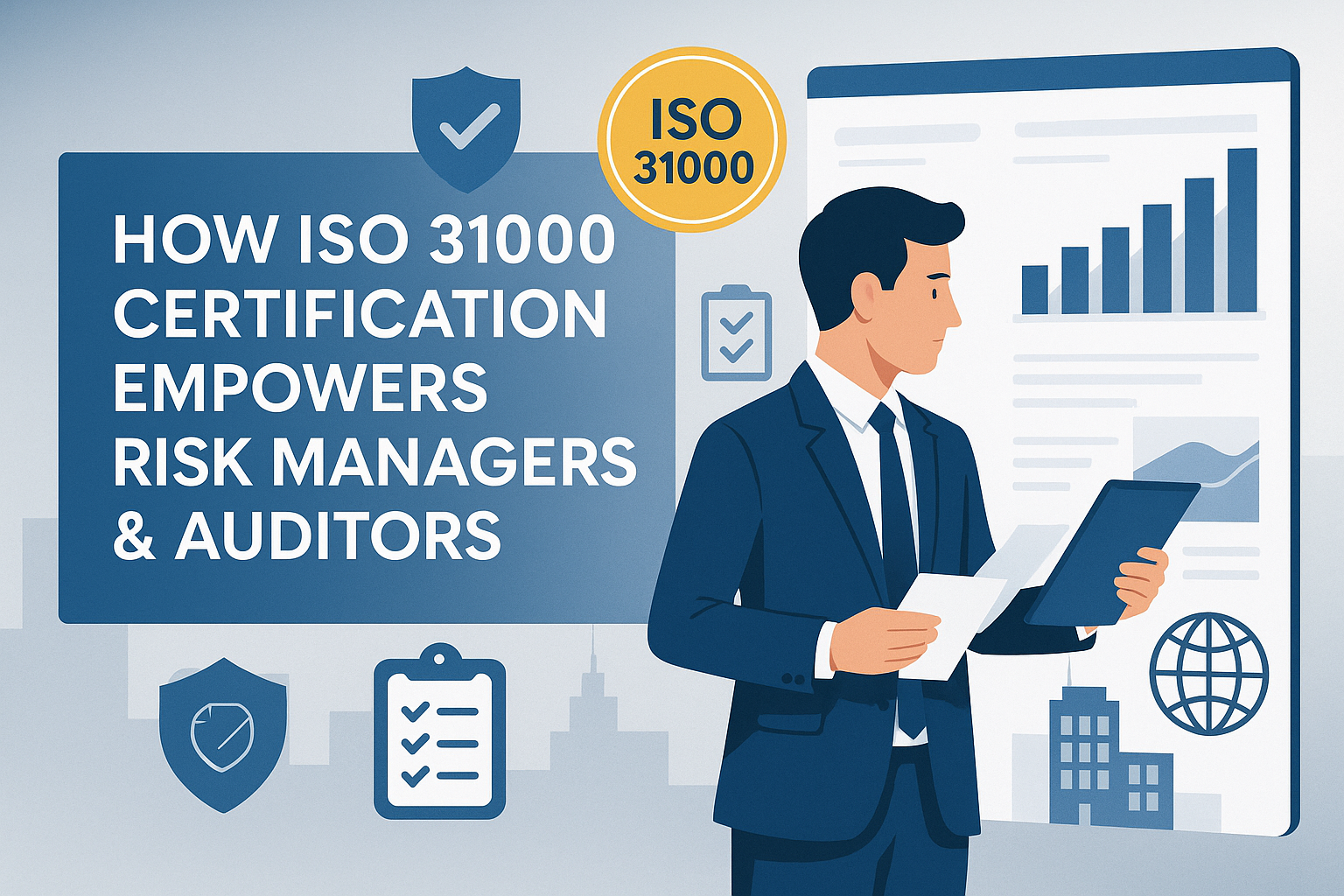
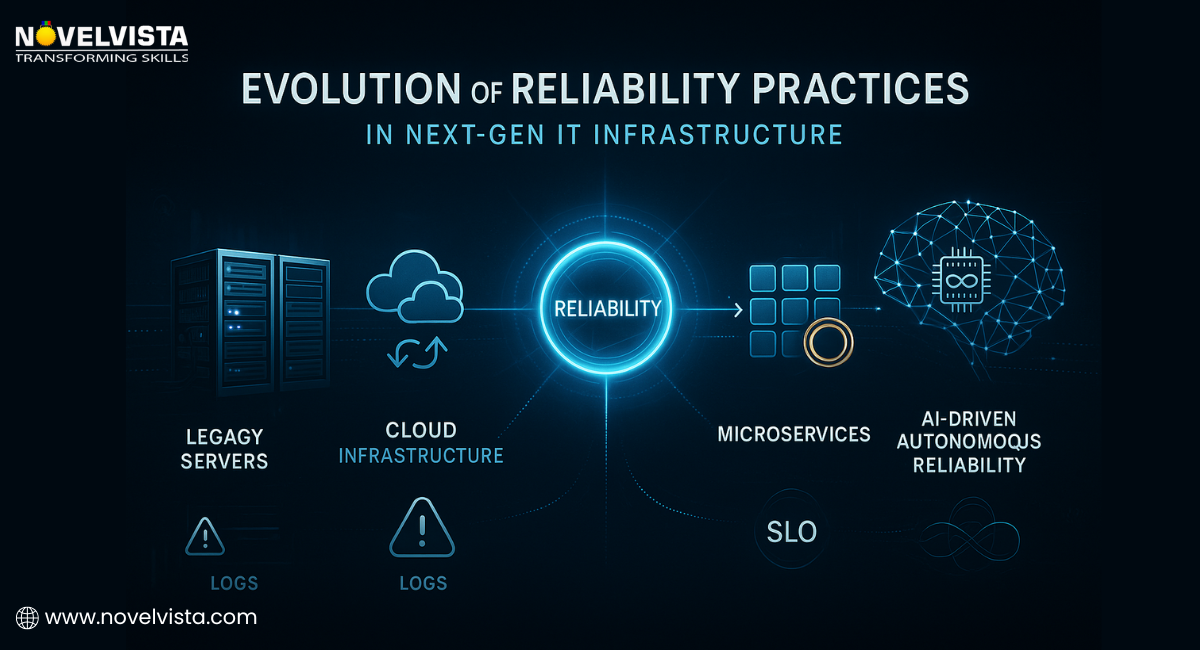
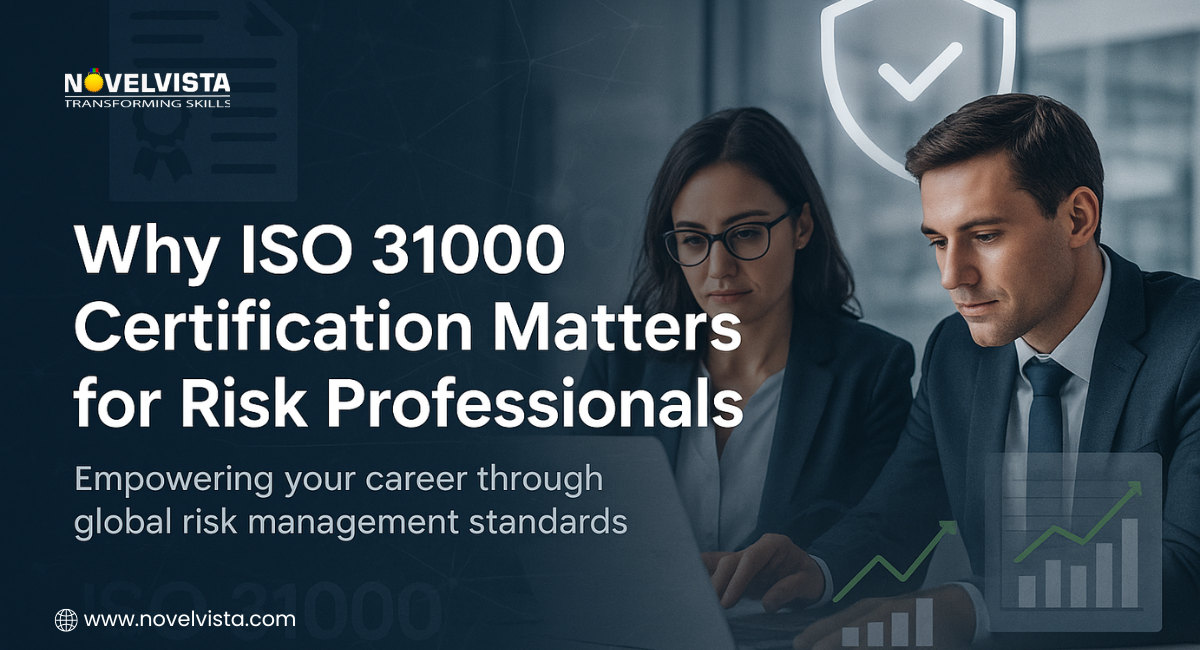


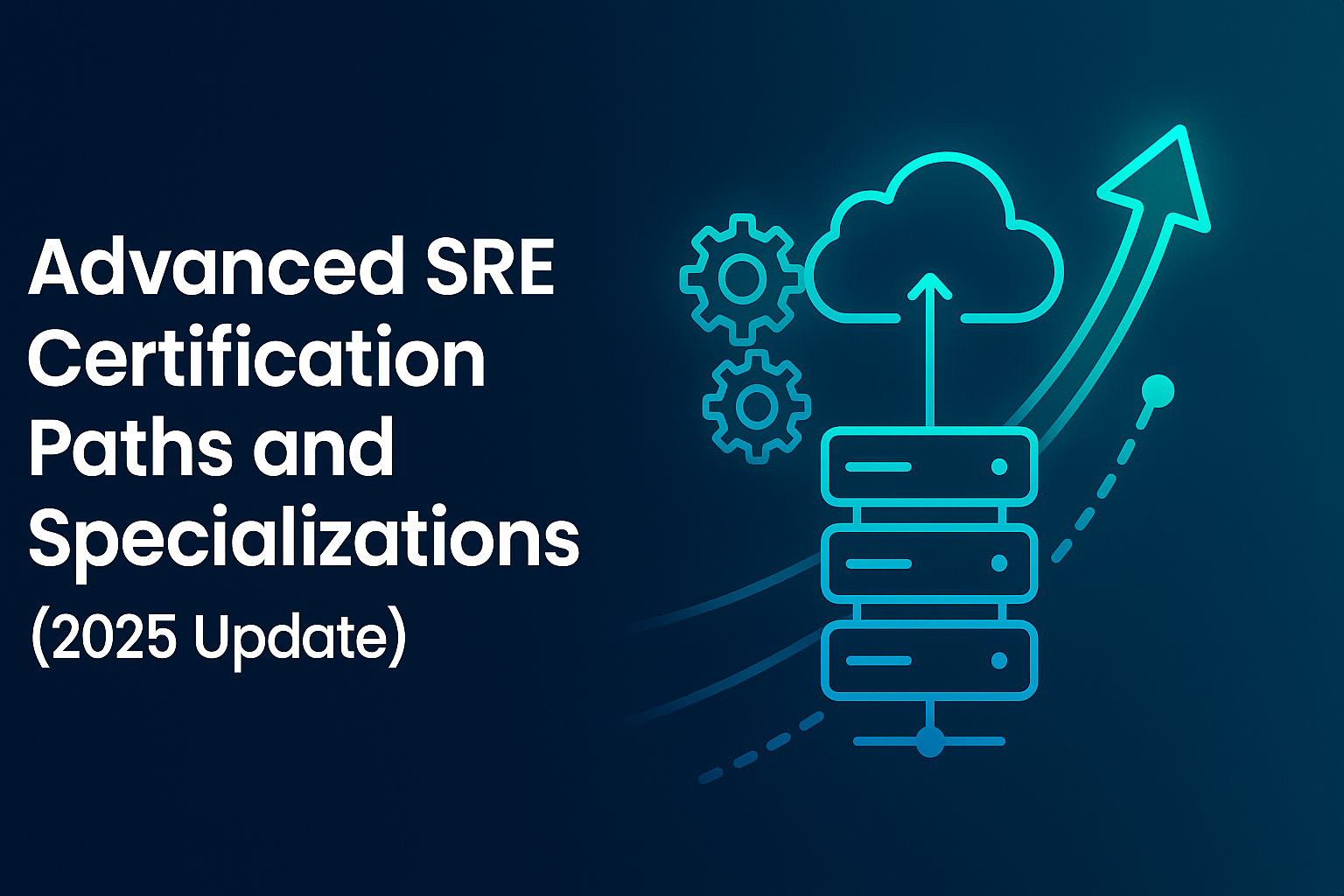
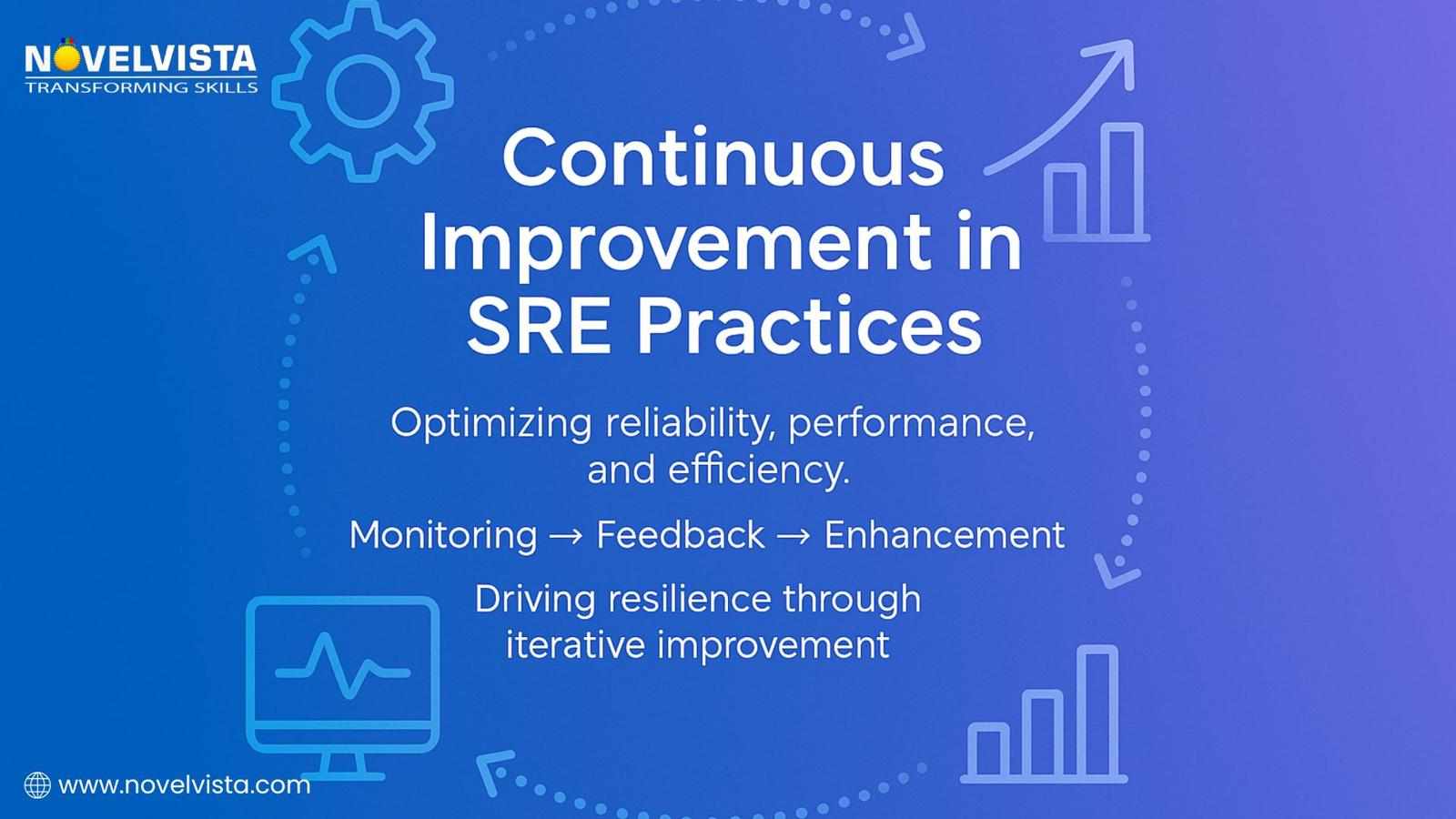
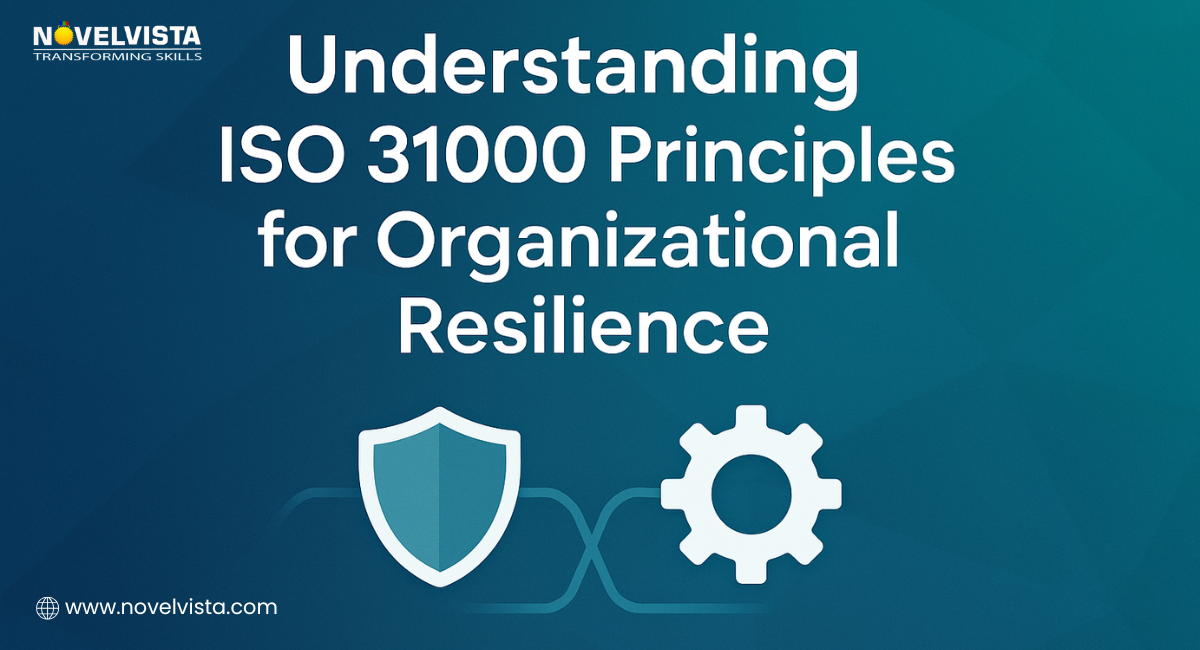

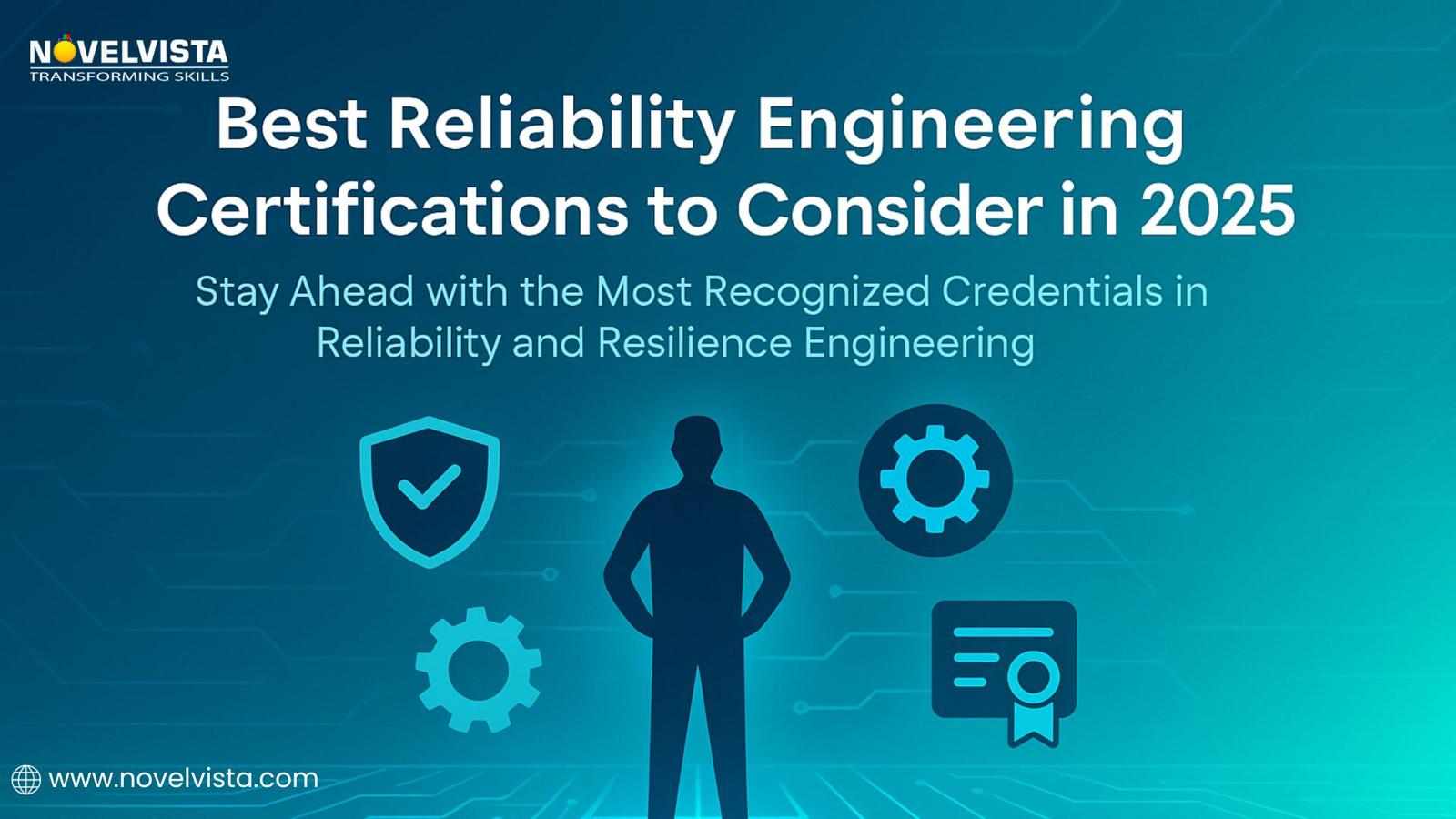
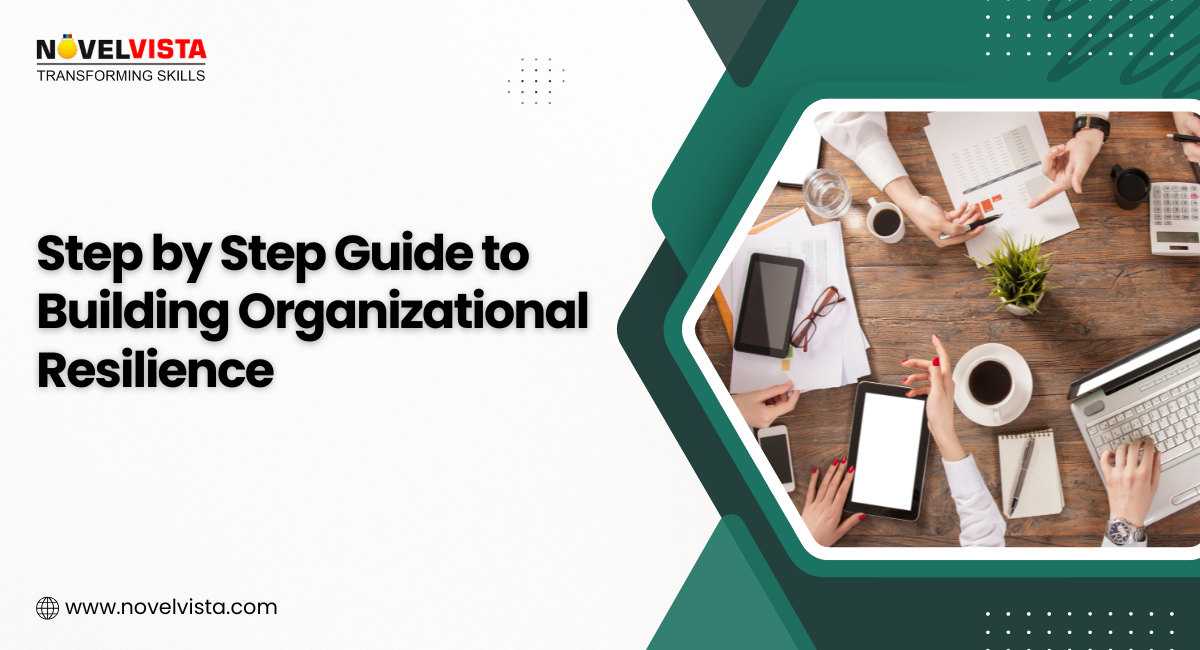
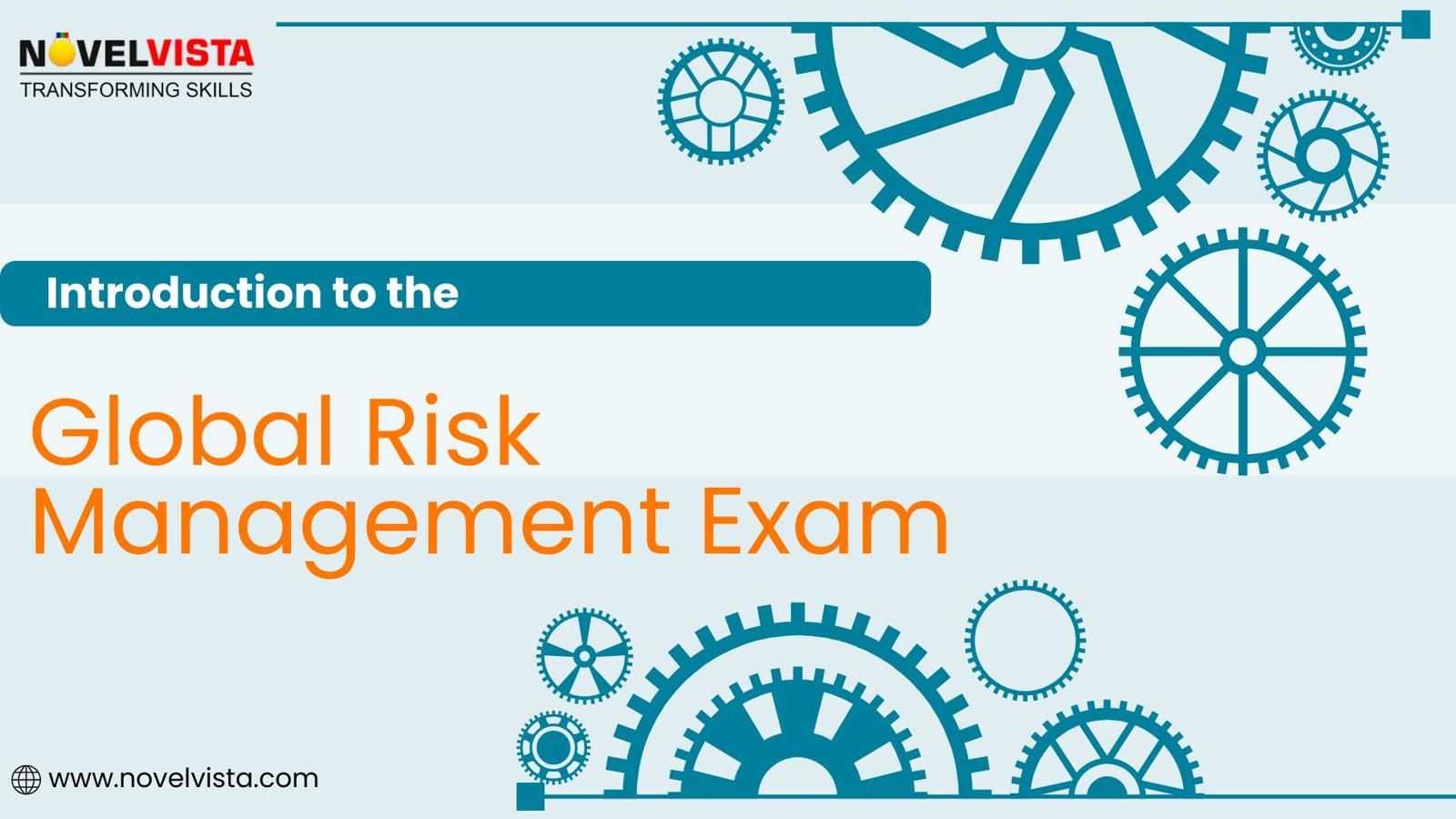


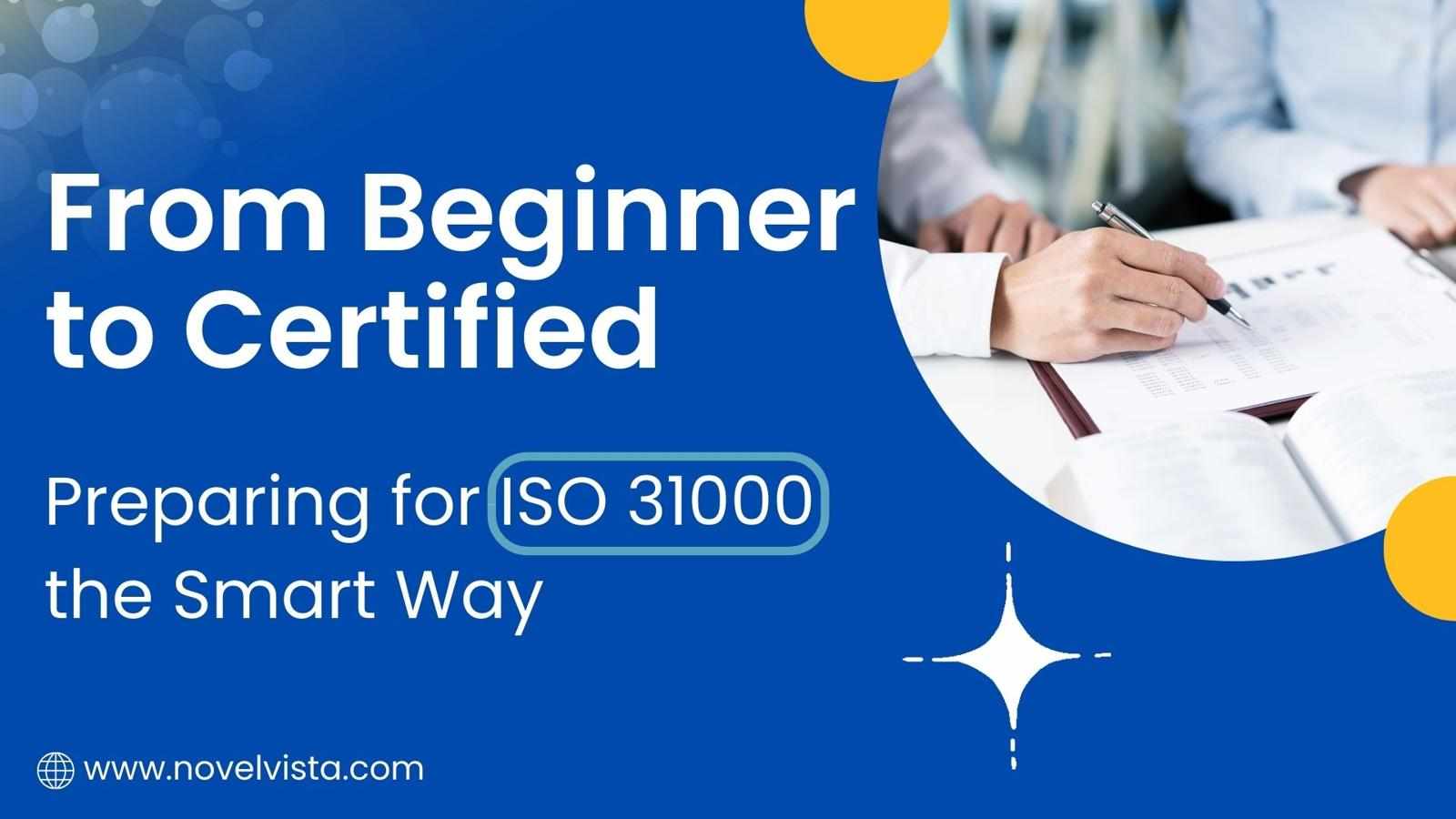
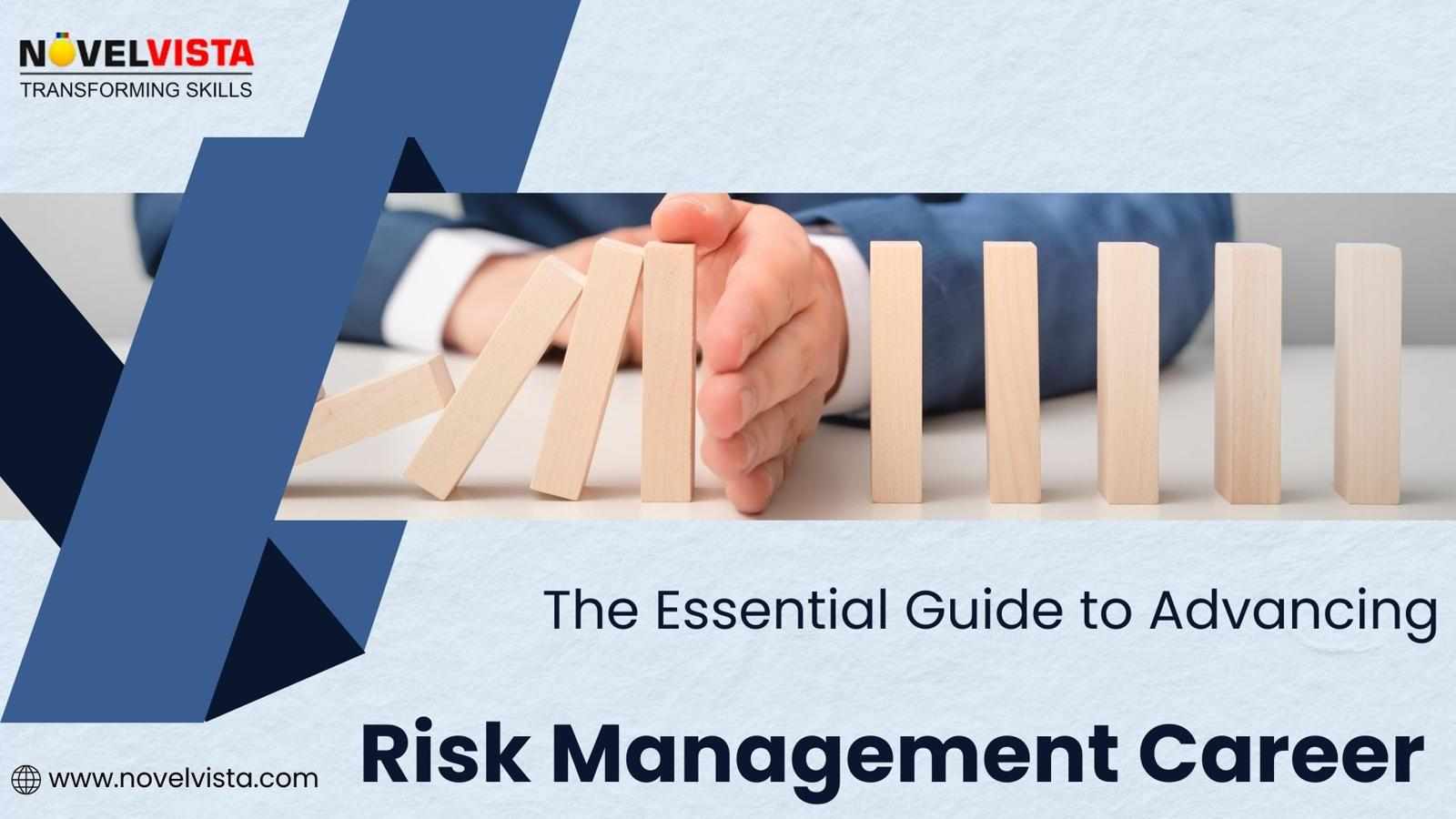
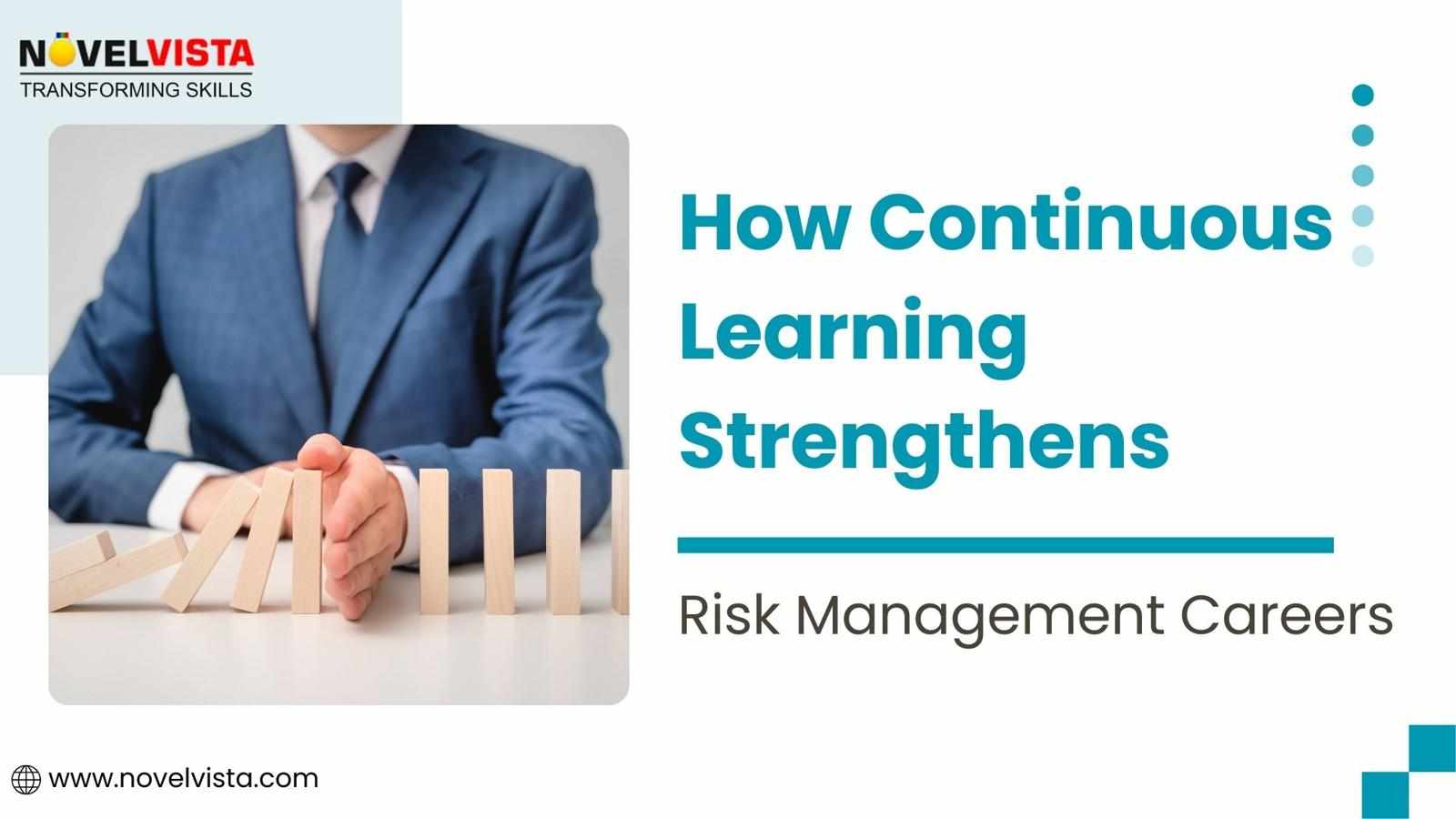
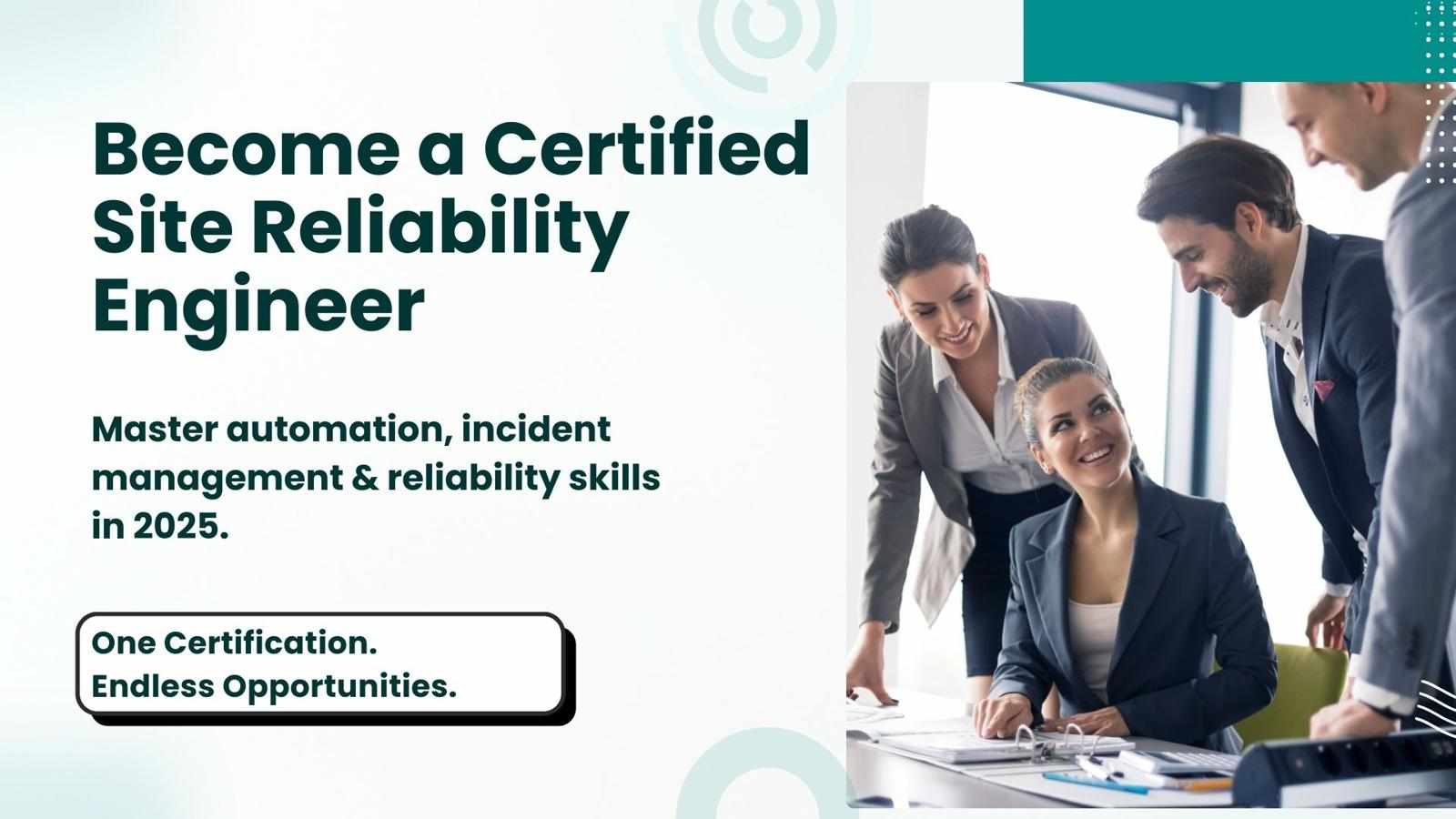
Write a comment ...